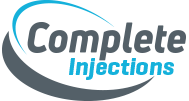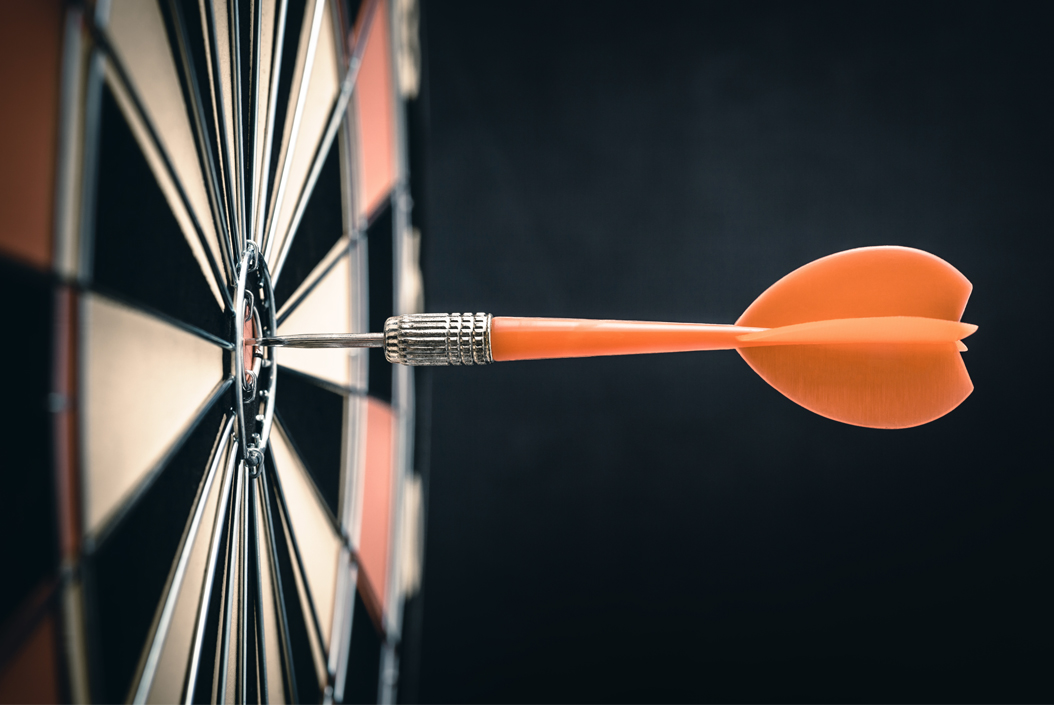This is one of the questions I often get from clients with regards to steroid injections. Many clients are concerned that the steroid injection just masks the pain and doesn’t get to the route cause of the problem. This is an excellent question and I thought I would write a blog to explain the role of steroid injections.
Steroids are strong anti-inflammatories and are very effective at reducing inflammation and therefore reducing your pain. We use ultrasound for every injection we carry out at our clinic. This allows us to deposit the steroid in exactly the right place. We have the skill and precision to target a structure less than 1mm in size and we believe this accuracy is very important for the desired outcome which is fast, rapid pain relief. Using ultrasound to guide the needle also reduces unnecessary pain and side effects from the procedure itself.
Clients are concerned that by reducing the pain they will be able to do more activity which may then cause damage as they no longer feel the pain. It is important to remember that steroid does not mask the pain or just numb the area, it is an anti-inflammatory. The only part of a steroid injection that just numbs the pain is the local anaesthetic. We use this in combination with the steroid but the effect of the anaesthetic only last 45-60 minutes. We use the anaesthetic to reduce the procedural pain of the injection and help to identify the target tissue on ultrasound.
To ensure you get the best effect from your injection and to make sure you don’t cause any further damage it is important that you don’t overdo it in the first 1- 4 weeks after the injection. We will give you advise on what to do after the injection.
In the weeks after the injection, once the pain has reduced, it is important that you start to get the area moving. It would not be sensible to start doing activities that you haven’t carried out for a while straight after the injection as this is may aggravate your pain and cause damage. It is important that you build up your activity levels gradually over a period of time.

As an example, if you have a shoulder injection due to pain and you have been unable to lift upper body weights for several months due to pain, it would not be sensible to return a few weeks after the injection and start lifting the same weights. You need to start with less weight and build it up slowly.
Likewise if you are a runner and could only run for a few miles before the injection then it would not be sensible to run for 10 miles a week after the injection. You must build it up slowly, but we will advise you on this.
This is one of the reasons extended scope physiotherapists are in the perfect position to administer guided injections because they can guide your return to activity/sport after the injection and even commence a course of physiotherapy to ensure that the pain does not return.

What is important is the advice that you are given after the injection. The steroid injections we carry out often give excellent pain relief and give us a window of opportunity to increase the strength of the area or the range of movement. By using this window of opportunity, we can ensure that the pain does not return. Therefore, most steroid injections should not be done as a stand-alone treatment, but should be followed up with a course of physiotherapy to ensure full recovery.
A haphazard approach where you return too quickly to unaccustomed activity after the injection is more likely to cause damage, rather than the injection itself.
If you have any questions about this blog or would like to find out whether an ultrasound guided steroid injection is appropriate for your condition please email us at info@complete-physio.co.uk


